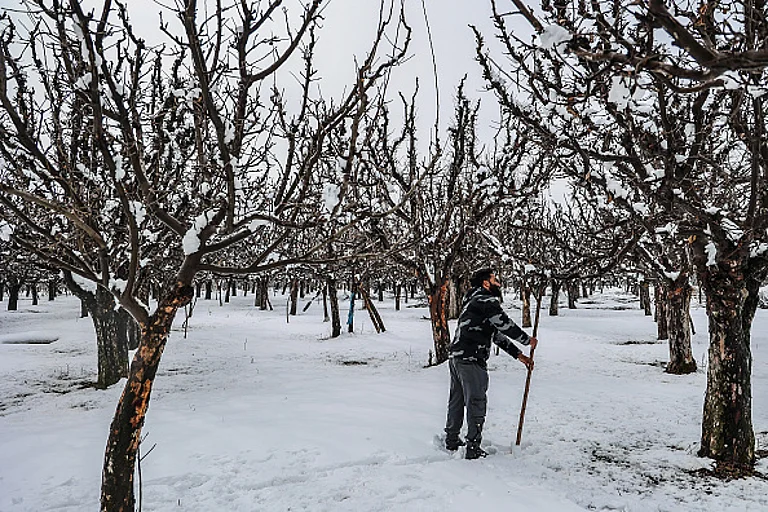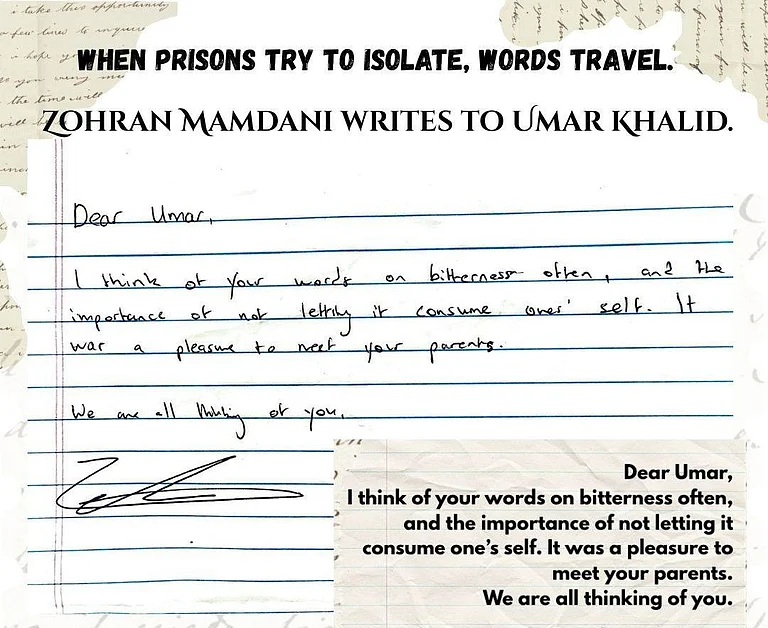Fresh fears have sparked after a 6-ft deep hole appeared in a field in Joshimath in the Chamoli district of Uttarakhand. The heavy monsoon rains have caused geological instability as other locations of Chamoli District also observed landslides and cracks in the houses.
This comes months after several houses in Joshimath collapsed and the cracks were visible on the roads and the town was said to be slowly sinking.
In a report by Hindustan Times, a resident of the Sunil ward in Joshimath town, Vinod Saklani said, “I discovered a hole at least 6ft deep in a small field near my house. It appears to have been developed due to monsoon rains.” He added, “We fear more damage to structures in our town due to the rains. I have filled the hole with stone and soil. Even the cracks in damaged houses are expanding slowly but gradually.”
According to the report, two years ago, the Saklani family was among the first in their town to observe developing cracks in their house.
Reportedly they mentioned that the situation with the cracks got worse earlier this year, Saklani said, "I have been living in a hotel (in a safer location) since January 6 and visit my house every day during the day to take care of the cattle tied in the field near the house."
Saklani also said that the local authorities told them that a technical team would be sent to their house on Monday for an inspection of the hole.
According to the reports, Joshimath town has 868 structures where the cracks have developed and 181 have already been declared unsafe. It is said that several hundreds of people are living in relief camps after being evacuated earlier this year.
Local residents take a step
Joshimath Bachao Sangharsh Samiti is a group of residents who met Himanshu Khurana, Chamoli district magistrate at district headquarters in Gopeshwar, this monsoon. Reportedly they presented 11-point demands to be fulfilled.
The civil society group convener Atul Sati informed the media that they will stage a sit-in on Monday to draw the government's attention to the issue of the safety of Joshimath dwellers and answer their questions.
Sati reportedly said, “On rainy days, the disaster-affected people are spending their days and nights in fear. However, there has been a lack of interest by the government towards Joshimth in the past two months despite the chief minister’s assurance. Leave alone fulfilling the 11-point demands, our proposals for dialogue have been ignored."
He added, “The fact-finding report of scientists is yet to be made public." Sati also mentioned, “Without this, the authorities restarted construction work of the Helang Marwari bypass, which is deadly for the town’s future.”
Geological history of Chamoli district
According to the India Meteorological Department, the district of Chamoli receives 1,230.8 mm of rainfall every year and it is said to be higher than the state average.
Reportedly in 2022, Chamoli received 1196.4 mm of rainfall while the rest of Uttarakhand received 1,128.0 mm of rainfall during the southwest monsoon.
Reports also suggest that the monsoon currents penetrate through the trenched valleys of the southern slopes of the Himalayas where the Chamoli districts present and rainfall reaches its maximum during monsoon season, making it more vulnerable. The Joshimath town has a history of receiving the highest rainfall.
The flashfloods of the Alakananda River in February 2021 wrecked the Chamoli district killing 204 people but reportedly only 92 bodies were found. The river has reportedly eroded the base of the towns causing instability.
According to Geology Professor YP Sundriyal of Hemvati Nandan Bahuguna Garhwal University, “The water moving underground erodes fine material (loose soft rocks) under the surface and creates a depression in the form of a hole. A lot depends on monsoon rains. In event of excessive rainfall, it would aggravate the problem there."


























